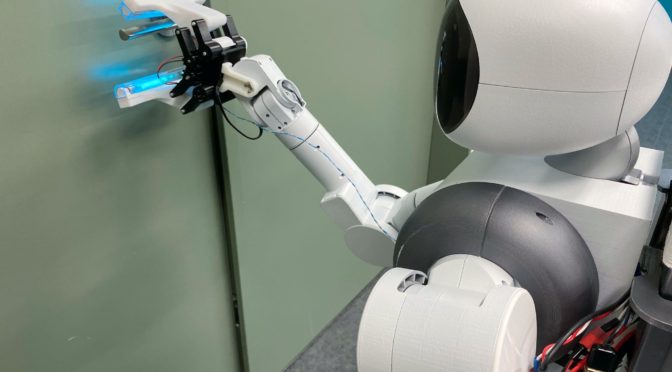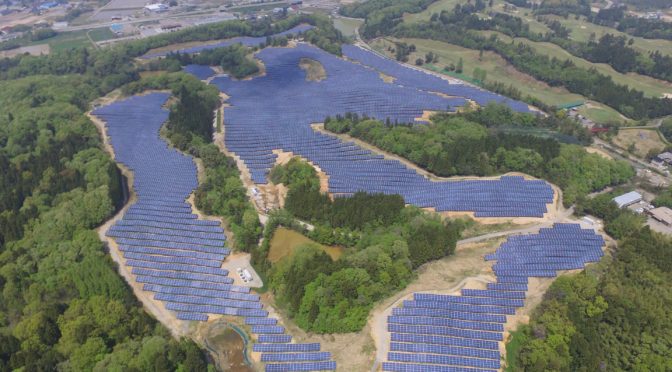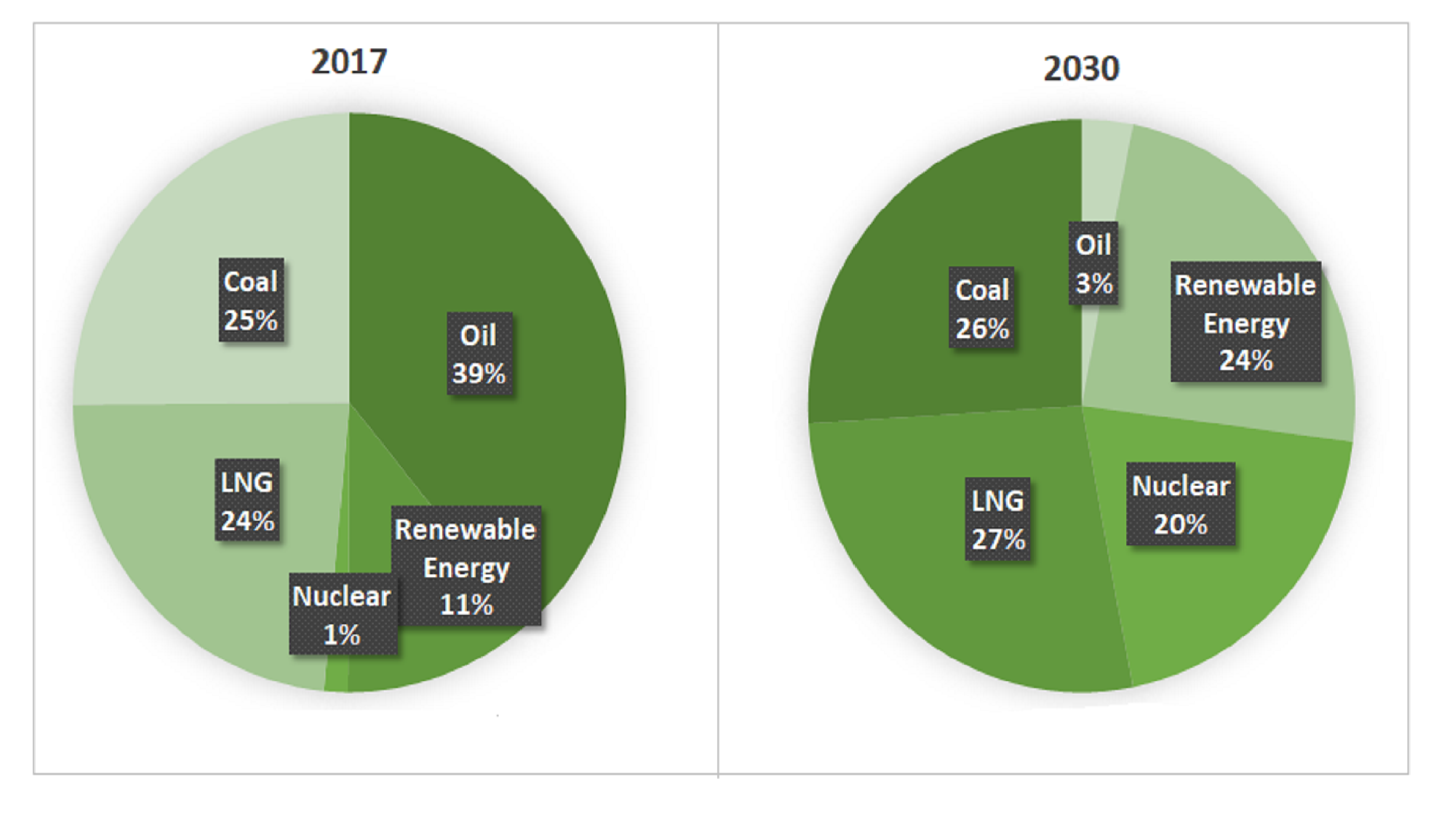Social distancing needs from covid19 have driven forth a new range of service-oriented robots that are now showing up in Japan. You can find the full column here at business-japan.jp.
Traditionally Japan has often been perceived as a”Robot Nation”. The country is a world leader of especially industrial robots and maintains being the largest exporter. If you have ever had the opportunity to walk through a Japanese manufacturing plant, you’ve likely seen a range of robots working there, mainly for industrial assembly and logistics. The background of using robots in factories has been to automatize and free blue-collar workers from tough physical work. Robots can easily do simple assembly work and also more physically dangerous tasks, such as transporting heavy items.
In recent years, robotics projects have increased globally and caused a great boost in demand for robots. Robots have helped boost efficiency in product lines for decades, and are constantly evolving and this progress leads to the new value being created in a great variety of fields. The coronavirus situation has pushed through a new wave of service robots that emerge from the confines of factories to handle disinfection, transportation, and other essential tasks necessary to maintain safety and social distancing.
Walking down a subway station in Tokyo, you might run into PATORO, which is an unmanned security robot, armed with a disinfectant spray. This robot was developed by the robotics company ZMP, after the need to disinfect public spaces exploded. “The public health crisis has created a demand for service robots that allow for reduced human contact…” says Taniguchi, CEO of ZMP. PATPRO is one of many new autonomous robots in the so-called “Anti-corona-virus Robot Squad”, which also features delivery robots and self-driving vehicles.
Another example is Mira Robotics, with its “Ugo” robot that kills viruses on handles and elevator buttons with ultraviolet light, all while it conducts standard cleaning chores. The robot was originally designed to handle maintenance and security work at office buildings.
Firms from the US and China are also racing to invent service robots to satisfy needs from many sectors such as healthcare, security and entertainment, and more. Japan has been no exception. COVID19 pandemic has led to numerous companies now combining cutting edge technology offering their services to protect society and battle against the virus.
Except for manufacturing and the above-mentioned applications, robots in Japan are also used in aeronautics, welfare, or disaster investigation/rescue, and many other areas. The global demand for service robots has increased by 24% since 2015 and the market size is expected to reach ~$35 billion by 2020.





